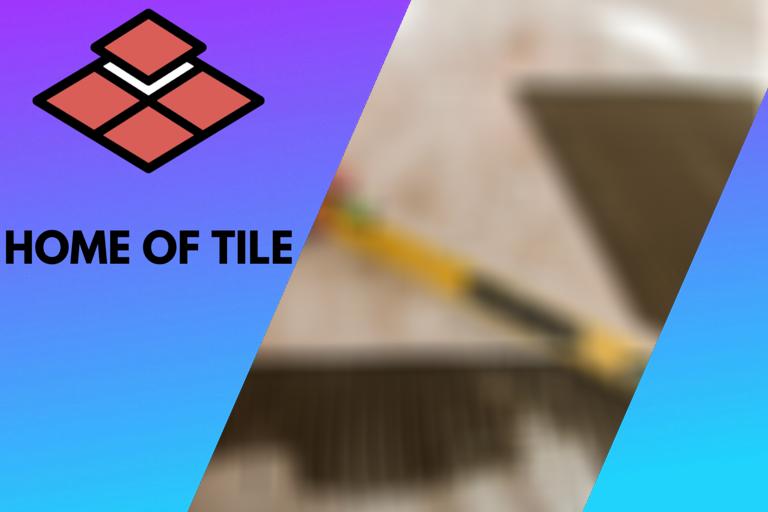Can You Put Padding Under Carpet Tiles? 9 Things You Should Know
Padding under carpet tiles was a vital part of the installation process. Now, the manufacturers of carpet tiles attach the underlay directly.
Read on to find out why padding is not always required, whether the installation of carpet tiles on padding is necessary, and all the things you should know about carpet tiles.

Contents
Can You Put Padding Under Carpet Tiles?
Padding can be placed under carpet tiles. Even though there has been an increase in carpet tiles manufactured with padding, additional padding can still work. It offers extra comfort and cushioning when walked on.
Padding under carpet tiles is beneficial. For example, the padding improves comfort, enhances noise reduction, provides protection to the carpet tiles, and insulates the floor. Even with these benefits, the necessity for padding is minimal in most cases.
Essentially the padding is the foundation of the carpet tiles. It is the protection between the flooring and subflooring.
Traditionally, rolled-out carpets used padding as manufacturers did not assemble them with their own. However, some carpet tiles have integrated padding and can be installed directly on the flooring.
Is Padding Required for Carpet Tiles?
Not all carpet tiles require padding. Typically, the underlay that forms part of the carpet tile may be all that is needed. However, the supply of inadequate underlay sometimes makes additional padding a necessity.
Carpet tile installers do not recommend padding. The padding can work, but it sometimes prevents the carpet tiles from being level.
However, for most carpet tiles, placing padding underneath is a must. Padding, even if it is the underlay supplied by the manufacturer, has many benefits.
These benefits to the carpet tile range from ease of installation to insulation, including thermal insulation, acoustic insulation, and impact absorption. The padding also offers protection and makes the carpet tile low maintenance while extending its life.
It would be a mistake to install carpet tiles without the proper padding. After checking to confirm the type of flooring you have, what lies beneath the flooring, and what the primary purpose of the padding will be, select the padding that best suits those needs.
● Padding Protects Carpet Tiles
Proper padding protects carpet tiles. Without padding, the underlayer of the carpet tile comes into direct contact with the floor surface. This contact creates wear and tear on the carpet tile and the floor surface.
Specific types of flooring become damaged from the carpet tile’s adhesive without padding. The carpet tiles could also get torn and require replacement more often than they should.
● Padding Extends the Life of Carpet Tiles
In addition to protecting the carpet tiles, padding also prolongs the life of the carpet tiles. It reduces the flattening or matting of the carpet tile in high-traffic areas or from the furniture. The padding safeguards the binding and backing of the carpet tiles from buckling.
● Padding Provides Insulation and Comfort
The padding underneath the carpet tiles provides insulation against sound, cold, and heat.
Padding blocks cold air emanating from the floor, and individuals with padding under carpet tiles witness reductions in heating costs. Padding makes the room warmer during winter and cooler during summer. There is also the benefit of the padding as an insulator when it covers underfloor heating systems.
Padding reduces the noise that penetrates the floor allowing the rooms to be quieter. Padding prevents individuals from hearing what is from the rooms beneath or above.
Having the padding installed also offers comfort in terms of providing a soft feeling or cushioning while walking on the carpet tiles. Impact absorption is another way padding makes carpet tiles comfortable to walk on.
● Carpet Tiles With Padding Are Easy To Maintain and Replace
Using a vacuum or steam cleaner will get the maintenance job done. Carpet tiles collect less dirt than regular rolled-out carpet, so cleaning or maintaining becomes easier. The cleaning of the carpet tiles is further enhanced by the padding, as it raises the carpet tiles off the floor, improving the vacuum’s suction.
The replacement of carpet tiles with padding is quite effortless. Simply remove the tile or tiles that require replacing and install new ones. There is no need to replace the entire carpet, just the damaged or stained tiles. The process is the same as when installing the tiles for the first time.
Installation of Carpet Tiles Over Padding
Carpet tiles need flat and clean floor surfaces for installation. Additional padding could prevent the carpet tile from adhering to the floor or cause it to lie unevenly.
Carpet tiles typically have adhesive underneath to attach them to the floor. This adhesive will then be attached to the padding. However, if the padding is not even, the carpet tiles will also be uneven.
Many different paddings are used when installing carpet tiles. Each material comes with its advantages and disadvantages.
- Bonded foam
- Memory foam
- Synthetic fiber
- Felt
Research which padding material best suits your needs before installation. Better yet, you can have a certified flooring/carpet inspector visit to help identify the best solution.
Do Carpet Tiles Need Underlay?
Carpet tiles came without an underlay. There was no consideration given to the feeling while walking on them. Currently, manufacturers create carpet tiles with underlay, which acts as padding for the carpet tiles. It helps with how the carpet tiles feel under your foot by providing cushioning.
Laying Carpet Tiles on Underlay
Laying carpet tiles on underlay requires a level, clean, and dry surface. The underlay chosen will have a specific purpose. The underlays will be either thermal or acoustic insulators or moisture barriers. The material of the underlay will also determine if it is suitable for underfloor heating.
The underlay chosen to place under carpet tiles will depend on the needs of the individual. Whether comfort, sound reduction, or heat transfer is the requirement for that specific room.
Remove pre-existing underlay before installing the new underlay and carpet tiles. There are underlay materials unsuitable for particular applications. The most common materials used to create underlays include the following.
- Rubber
- Polyurethane foam
- Combination
- Latex
- Fiber
Any type of flooring, such as concrete, wood, vinyl, or even tile, can be the base for carpet tiles with underlay.








